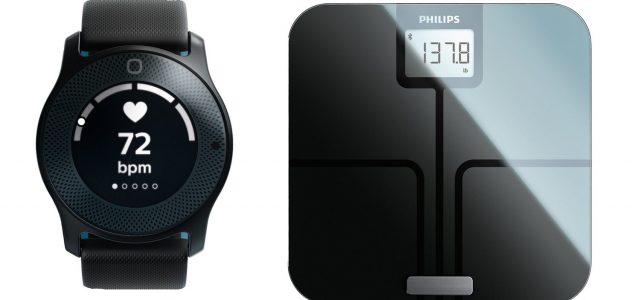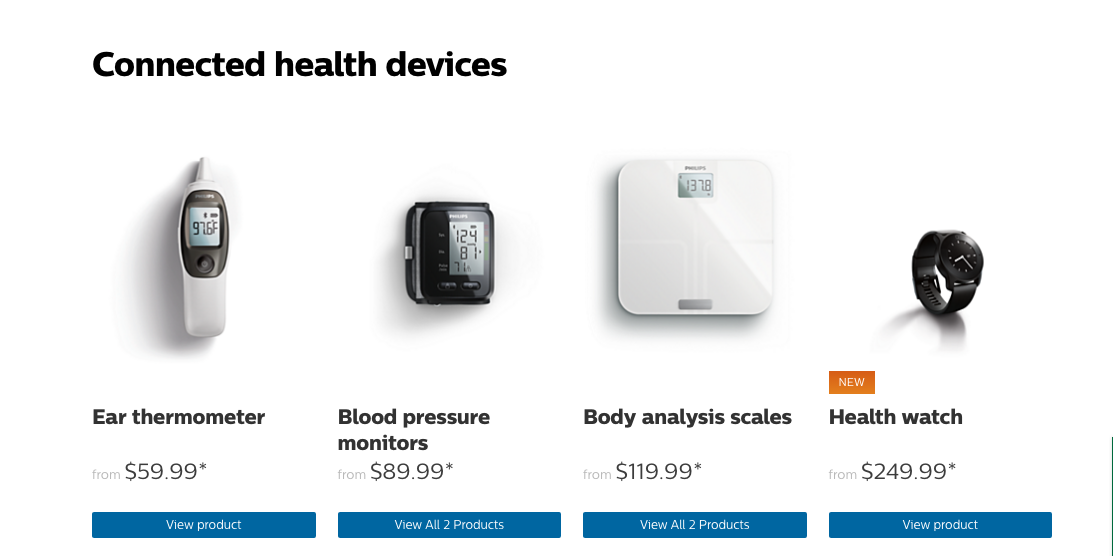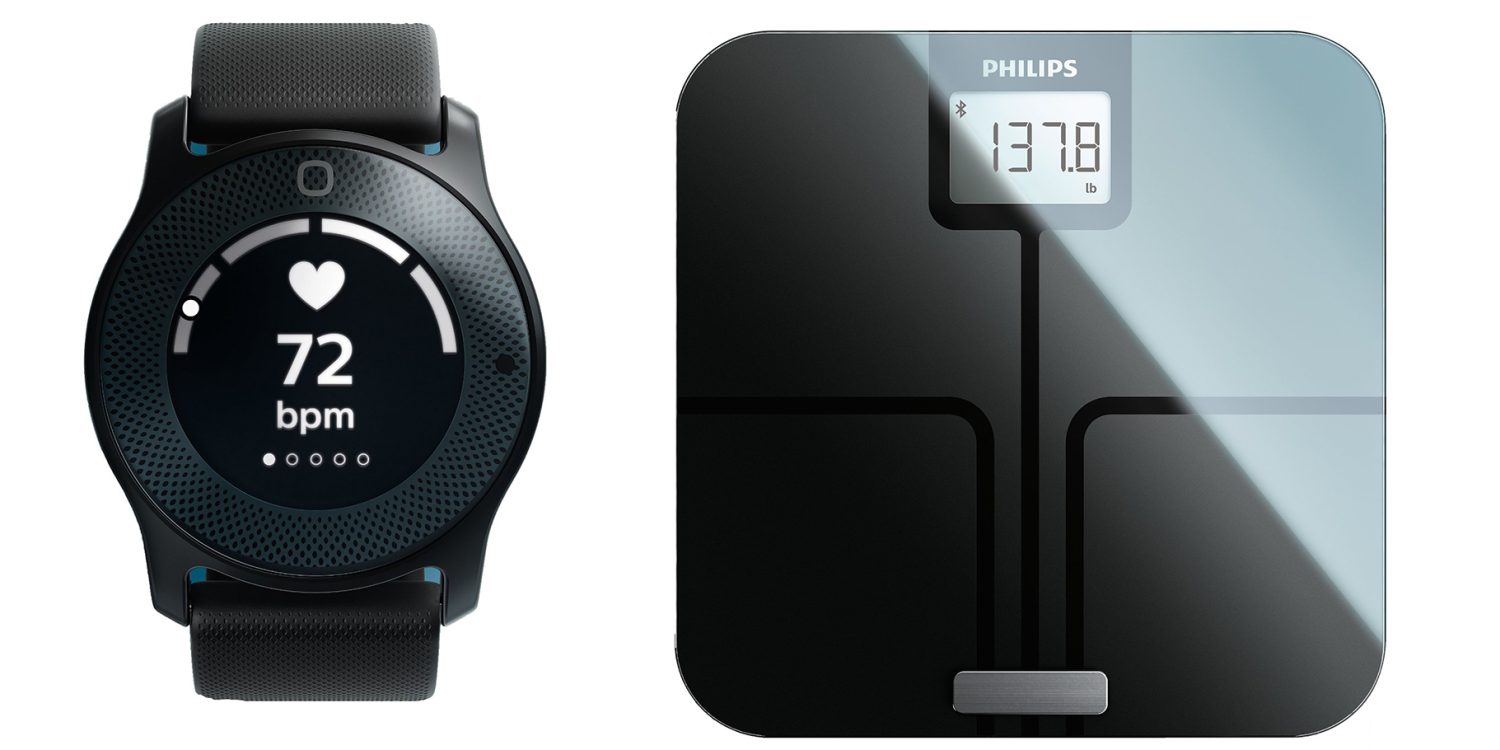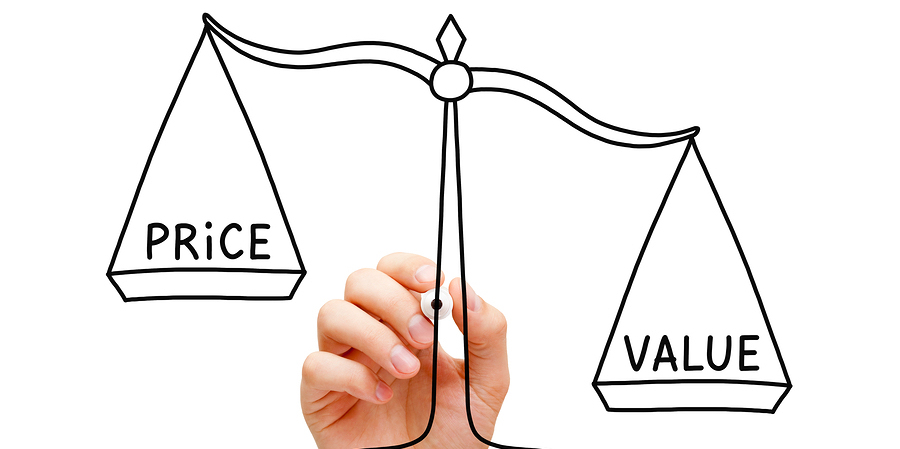Everything Old is New Again with Philips Wearables Suite
LifestyleNewsTech October 16, 2024 Damon Mitchell

New to wearables, but not medical grade technology, Philips recently released an ecosystem of FDA approved gadgets designed to facilitate easy health data. This lineup, added to the smartwatch leaked earlier this year, is reliable and simple. It’s the kind of technology anyone can use.
Where children seem to get smarter every year, able to pick up devices, figuring them out faster than their adult counterparts, aging adults are confused by new tech. Philips understands that. This is their solution.
The Philips name is a recognized brand, inside and outside the medical industry. Younger adults will know it because it’s on their audiovisual equipment. Aging adults will recognize it for the same reason, but also from visits to the doctor’s office. This is the advantage Philips has over hotter brands like FitBit. That, and the whole FDA approval thing.
Phillips new lineup is comprehensive and attractive, but it’s gonna cost you. You may not even mind.
What’s the Lineup?
All centered on the Philips health app is a smartwatch, two blood pressure monitor options, a smart scale and a smart thermometer. Purchased separately, the suite will cost you over $500. You can find them on Phillips’ site as well as on Amazon.
The smartwatch or health watch as they call it is $250. For your money, you receive activity and sleep tracking, health guidance and heart rate monitoring. Oh yeah, it also tells the time. The watch features always-on technology, lasting for four days on one charge. Not bad considering many big name smartwatches don’t last a full day.
The scale comes in white or black and measures body fat as well as total mass. It’s $120. There are two blood pressure monitors, a larger one for your upper arm and a smaller for the lower. They both measure blood pressure and heart rate, but one is $90 where the other is $120.
The thermometer appears to be available in black and white but is not listed for sale yet. Sources say it will be around $60.
How do they look?
The bar for design amongst wearables is high, with plenty failing miserably. We won’t mention any names.
Many have adopted an approach similar to the hybrid car market. They create products which echo, but stand out as different from the existing market.
Some of those wearables stand out a little too much, but Philips remains true to its brand design elements. You’ll note uncluttered interfaces and clean lines.
These devices look as sexy on your body (the scale being the obvious exception) as they would on your wall.
A simple design element is not just about being sexy. It means the user experience is less intimidating. This is not only good for late-adopters, but likely for Philips’ bottom line too.
What’s the Value?
If you add all of those up the numbers, it’s costly, but you may be able to get your insurance to cover some of it. Otherwise, it’s $250 for the suite, but still worth it.
The metrics of heart rate, sleep, weight, body fat and temperature are comprehensive. It’s like a daily doctor’s check up. Not only can you collect the data, but have it compiled on the companion app.
Presumably, if not now in the future, this app would communicate with the Philips equipment in your doctor’s office. This means doctor visits could be more valuable.
Imagine if your doctor could not only look at how well your internals are functioning today but how they’ve been functioning over the last few months?
A name like Philips is one to watch in this market, and the research demonstrates that health wearables are relevant.
What lies ahead? Doctors wearing augmented reality headsets, exploring organs through virtual reality, all guided by nanobots in our blood?
Don’t laugh. Philips may be the first ones to get there.




